Unleash the power of your garden! Learn How To Make Liquid Fertilizer From Dry Fertilizer in just 5 steps. ???
Boost your plant’s health with a homemade liquid fertilizer concocted from readily available dry fertilizer! This guide provides a 5-step process to create a potent liquid solution that nourishes your plants and elevates your gardening game.
Ready to embark on your liquid fertilizer journey? This comprehensive guide will walk you through every step, empowering you to cultivate a thriving garden with your own homemade solution.
Choosing the Right Dry Fertilizer
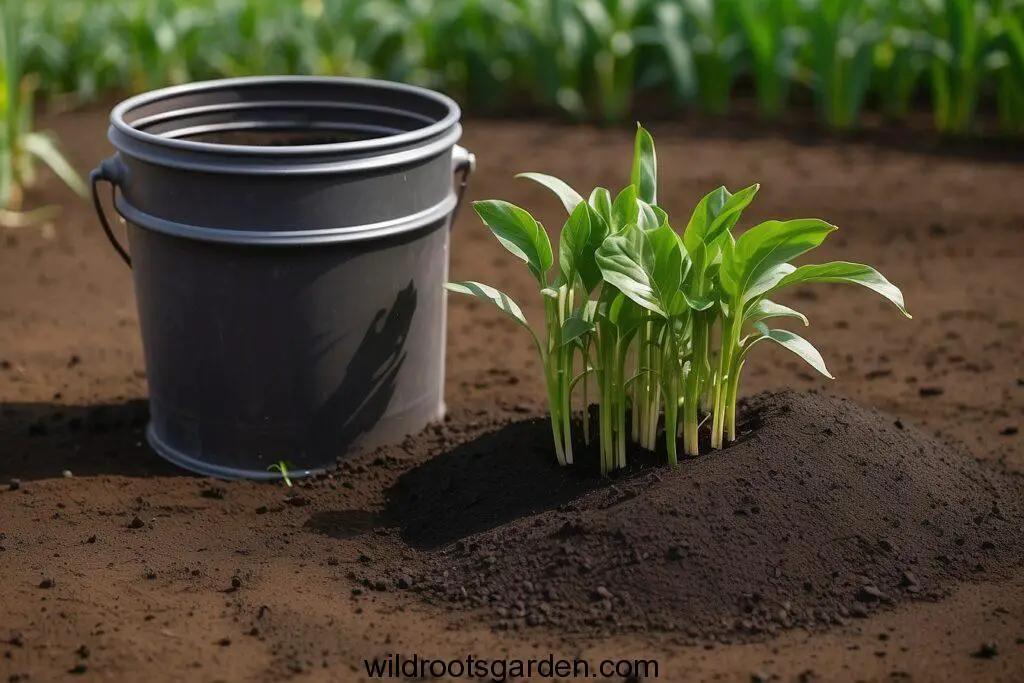
The foundation of your liquid fertilizer lies in selecting the right dry fertilizer. Here’s what to consider:
- Plant needs: Identify the specific nutritional requirements of your plants. Different plants thrive on varying ratios of nitrogen (N), phosphorus (P), and potassium (K).
- N-P-K ratio: Look for a dry fertilizer with an appropriate N-P-K ratio that aligns with your plants’ needs. Common ratios include 10-10-10 (balanced blend), 5-10-5 (bloom booster), and 2-4-10 (foliar spray).
- Organic vs. synthetic: Choose organic fertilizers for a natural approach, or opt for synthetic fertilizers for faster nutrient release.
- Water solubility: Ensure the dry fertilizer is water-soluble for easy conversion into a liquid form.
Gathering Materials and Tools
Here’s what you’ll need to embark on your liquid fertilizer adventure:
Materials:
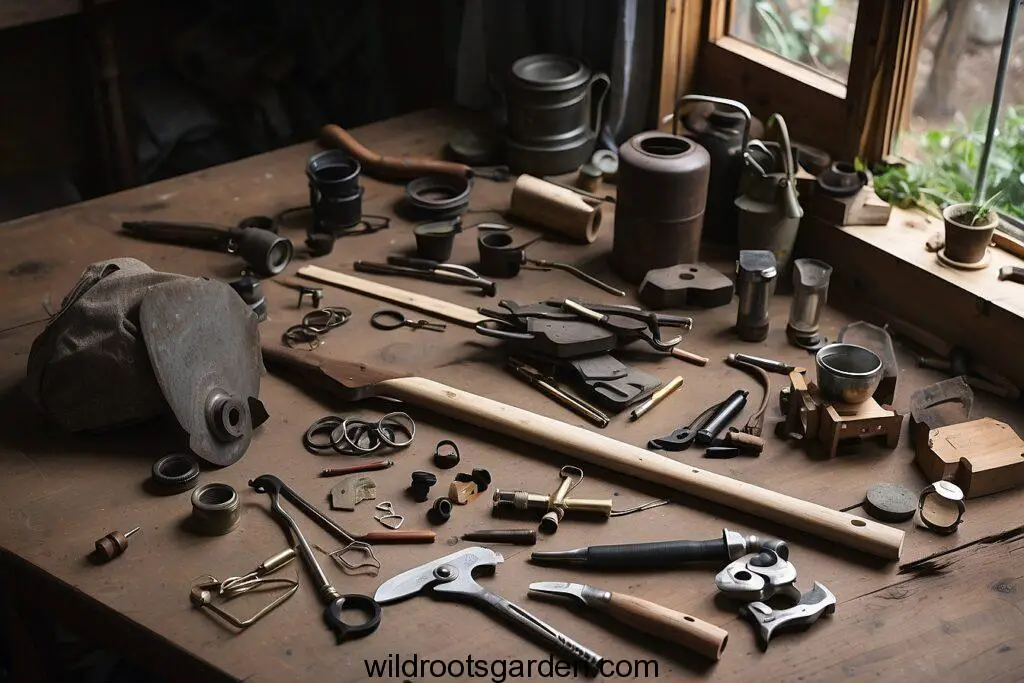
- Dry fertilizer: Choose the appropriate type based on your plant needs.
- Water-soluble micronutrients: These micronutrients (iron, zinc, copper, etc.) play a crucial role in plant growth and development.
- Organic matter (optional): Adding organic matter, such as compost or manure tea, enhances the overall quality of the fertilizer.
- Large mixing container: Choose a non-reactive container like a plastic bucket or glass jar.
- Stirring utensil: A spoon or whisk will help ensure even mixing.
- pH testing kit: This kit helps you measure the acidity or alkalinity of your liquid fertilizer.
- Sprayer or watering can: For application of the diluted fertilizer.
- Protective gloves and eyewear (optional): Use these for safety when handling chemicals.
Tip: Remember to label your container with the type of fertilizer, date of preparation, and any additional notes for future reference.
Step-by-Step Guide How To Make Liquid Fertilizer From Dry Fertilizer:
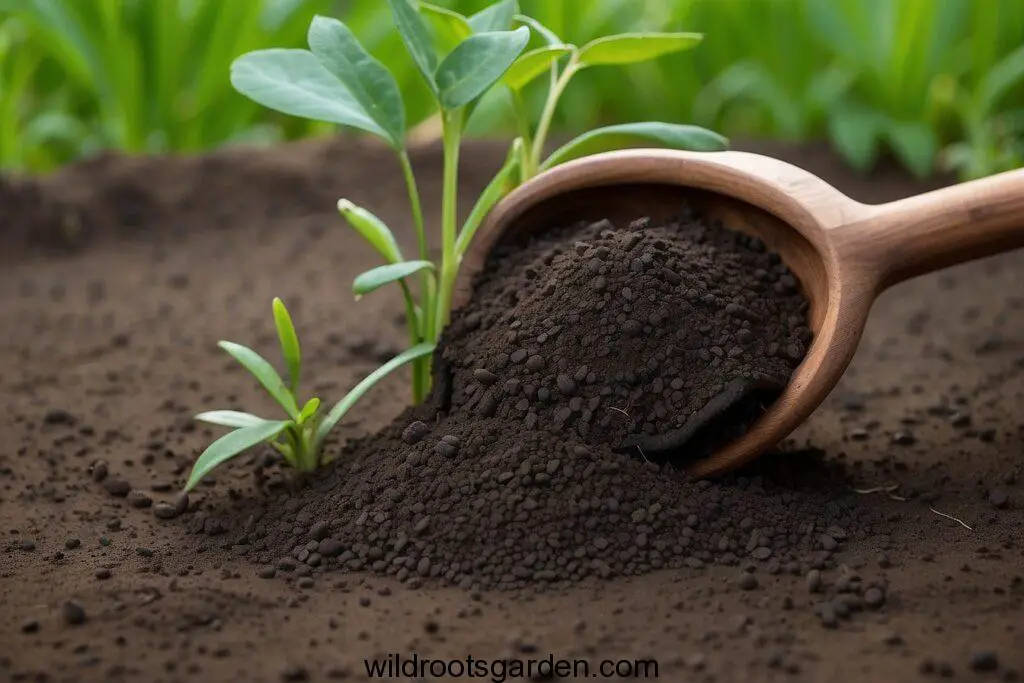
Step 1: Measure and Mix Dry Fertilizer
- Measure the appropriate amount of dry fertilizer based on the package instructions and your plant’s needs.
- Transfer the measured fertilizer into the large mixing container.
- If using organic matter, add it to the container and mix it with the dry fertilizer.
Step 2: Integrate Water-Soluble Micronutrients
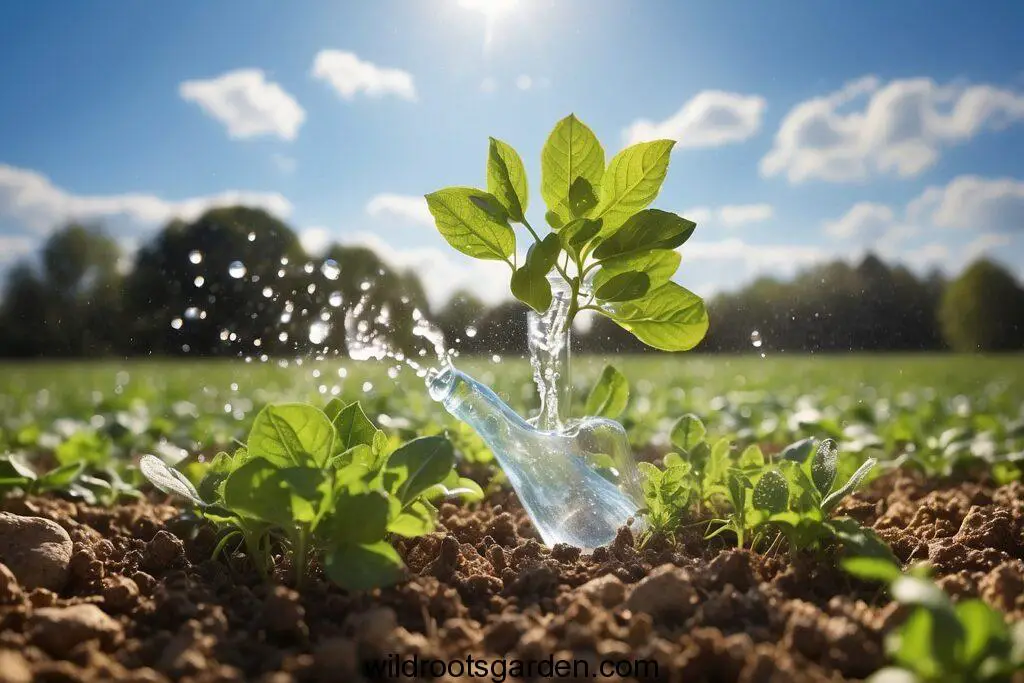
- Carefully measure the recommended amount of water-soluble micronutrients.
- Add the micronutrients to the container and mix them thoroughly with the dry fertilizer and organic matter.
Step 3: Stir Thoroughly
- Use a stirring utensil to mix all ingredients until a homogenous blend is achieved.
- Ensure all dry particles are dissolved and no clumps remain.
Step 4: Test and Adjust pH Levels
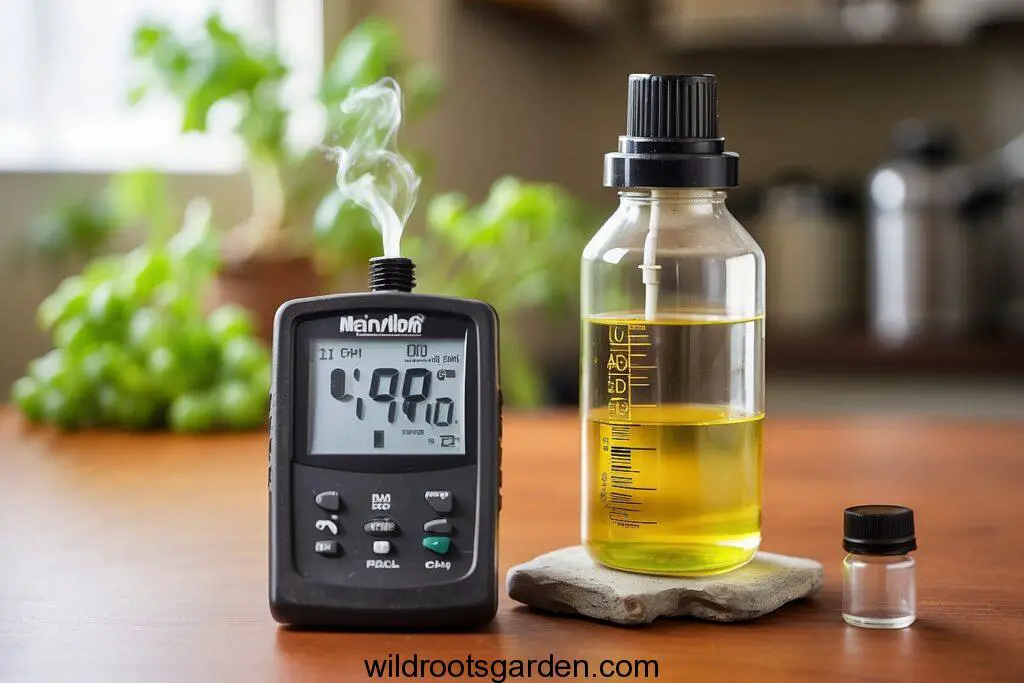
- Use the pH testing kit to measure the pH level of your liquid fertilizer.
- Most plants prefer a slightly acidic to neutral pH range (6.0-7.0).
- If the pH is outside the desired range, use pH modifiers (up or down) to adjust it accordingly.
Step 5: Dilute and Apply
- Refer to the fertilizer package instructions for the recommended dilution ratio.
- Dilute the concentrated liquid fertilizer with water in a separate container.
- Use a sprayer or watering can to apply the diluted fertilizer directly to the soil around the base of your plants.
- Alternatively, you can use the diluted fertilizer as a foliar spray for faster nutrient absorption.
Pro Tip: Apply the liquid fertilizer during the cooler hours of the morning or evening to avoid evaporation and plant stress.
Additional Tips for Success, How To Make Liquid Fertilizer From Dry Fertilizer:
- Start with a small batch: Initially, prepare a small batch of liquid fertilizer to test its effectiveness and ensure your plants respond favorably.
- Store properly: Store any unused liquid fertilizer in a cool, dark place in an airtight container.
- Frequency of application: The frequency of application depends on the type of plants, their growth stage, and soil conditions. Generally, apply liquid fertilizer every 1-2 weeks during the active growing season.
- Be mindful of over-fertilization: Over-fertilizing can harm your plants. Always follow the recommended dosage and dilution ratios.
- Observe your plants: Pay close attention to your plants’ growth and appearance. Signs like stunted growth, yellowing leaves, or leaf burn can indicate over-fertilization or nutrient deficiencies.
- Compost tea: Consider brewing a compost tea for an additional source of nutrients and beneficial microbes.
Benefits of Using Liquid Fertilizer:
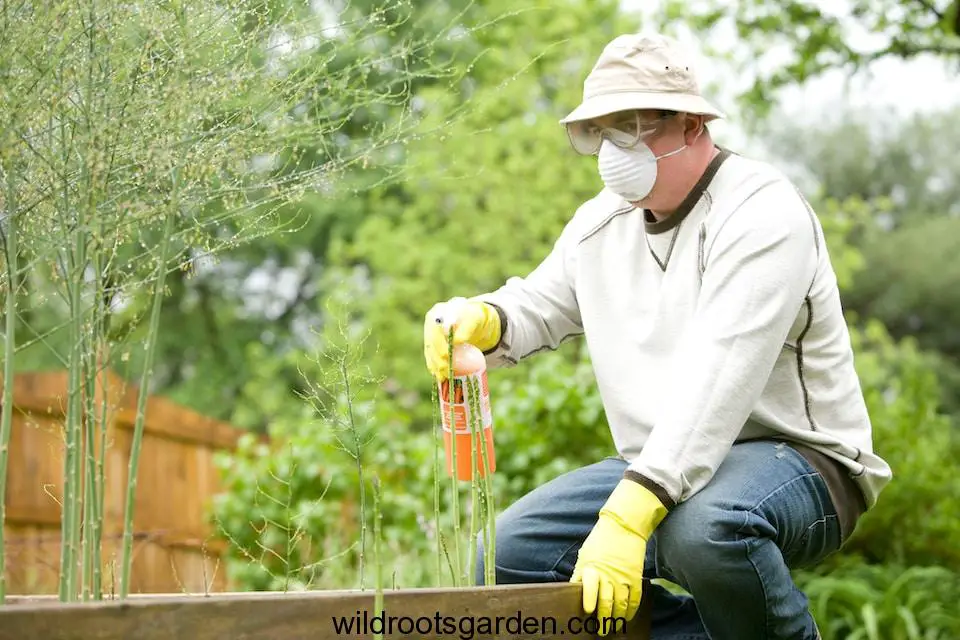
- Faster nutrient uptake: Liquid fertilizers are readily absorbed by plants, leading to quicker results compared to dry fertilizers.
- Improved soil health: Organic liquid fertilizers can enhance soil structure, fertility, and microbial activity.
- Reduced waste: Making your own liquid fertilizer reduces plastic waste generated by store-bought fertilizers.
- Customization: You can tailor the nutrient content of your liquid fertilizer to meet the specific needs of your plants.
- Cost-effective: Bulk purchasing dry fertilizer and making your own liquid solution is typically more cost-effective than buying pre-made liquid fertilizers.
Remember, healthy plant growth depends on optimal nutrient provision. Take control of your plant nutrition with homemade liquid fertilizer and witness your garden’s vibrant transformation!
Conclusion:
Making your own liquid fertilizer from dry fertilizer is an empowering and rewarding experience. It allows you to connect with your plants on a deeper level, understand their nutritional needs, and provide them with the optimal care they deserve. By following this guide and implementing the helpful tips, you’ll be well on your way to cultivating a thriving garden that bursts with life and vibrancy. Remember, the key lies in understanding your plants, choosing the right materials, and creating a balanced liquid fertilizer solution that fuels their growth and prosperity.
Frequently Asked Questions about How To Make Liquid Fertilizer From Dry Fertilizer
Here are 5 frequently asked questions aboutHow To Make Liquid Fertilizer From Dry Fertilizer:
1. What types of dry fertilizer can I use to make liquid fertilizer?
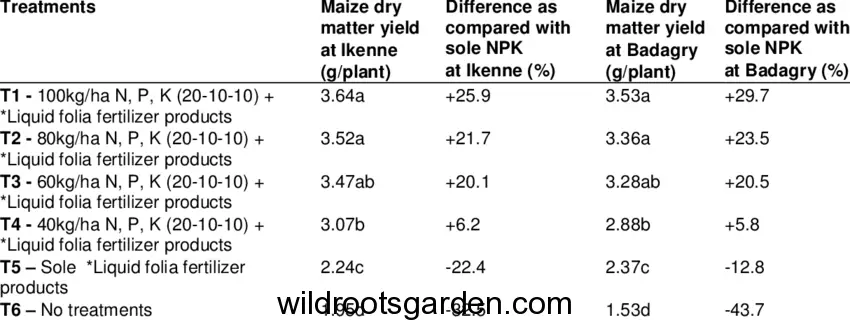
Different Types of Dry Fertilizer
Most water-soluble dry fertilizers can be used to make liquid fertilizer. Some common types of dry fertilizer that work well include:
- Granular fertilizers: These are small pellets that are easy to measure and dissolve.
- Powdered fertilizers: These are fine powders that dissolve quickly in water.
- Crystallized fertilizers: These are crystals that dissolve more slowly than other types of dry fertilizer.
It is important to choose a dry fertilizer that is specifically designed for use in the garden. Avoid using fertilizers that are intended for agricultural use, as they may contain harmful chemicals.
2. How much dry fertilizer should I use to make liquid fertilizer?
The amount of dry fertilizer you should use to make liquid fertilizer will depend on the type of fertilizer you are using and the concentration of the liquid fertilizer you want to make. Most dry fertilizers will have instructions on the package for how much to use to make a certain concentration of liquid fertilizer.
Here are some general guidelines:
- For a general purpose liquid fertilizer, use about 1 pound of dry fertilizer per 5 gallons of water.
- For a bloom booster, use about 1/2 pound of dry fertilizer per 5 gallons of water.
- For a foliar spray, use about 1/4 pound of dry fertilizer per 5 gallons of water.
3. How long does homemade liquid fertilizer last?
Homemade liquid fertilizer will last for several months if stored properly in a cool, dark place. It is important to use a container that is airtight and will not leak. If you see any signs of mold or growth in your liquid fertilizer, it is best to discard it and make a fresh batch.
4. How often should I apply liquid fertilizer?
The frequency with which you should apply liquid fertilizer will depend on the type of plants you are growing and their nutrient needs. Most plants will benefit from being fertilized every 1-2 weeks during the growing season. However, it is important to be careful not to over-fertilize your plants, as this can damage them.
5. Can I use liquid fertilizer on all types of plants?
While liquid fertilizer can be used on most types of plants, there are a few exceptions. Some plants, such as ferns and cacti, are sensitive to fertilizers and should not be fertilized at all. It is always best to check with a gardening expert or the label of your fertilizer to see if it is safe to use on the specific plants you are growing.

